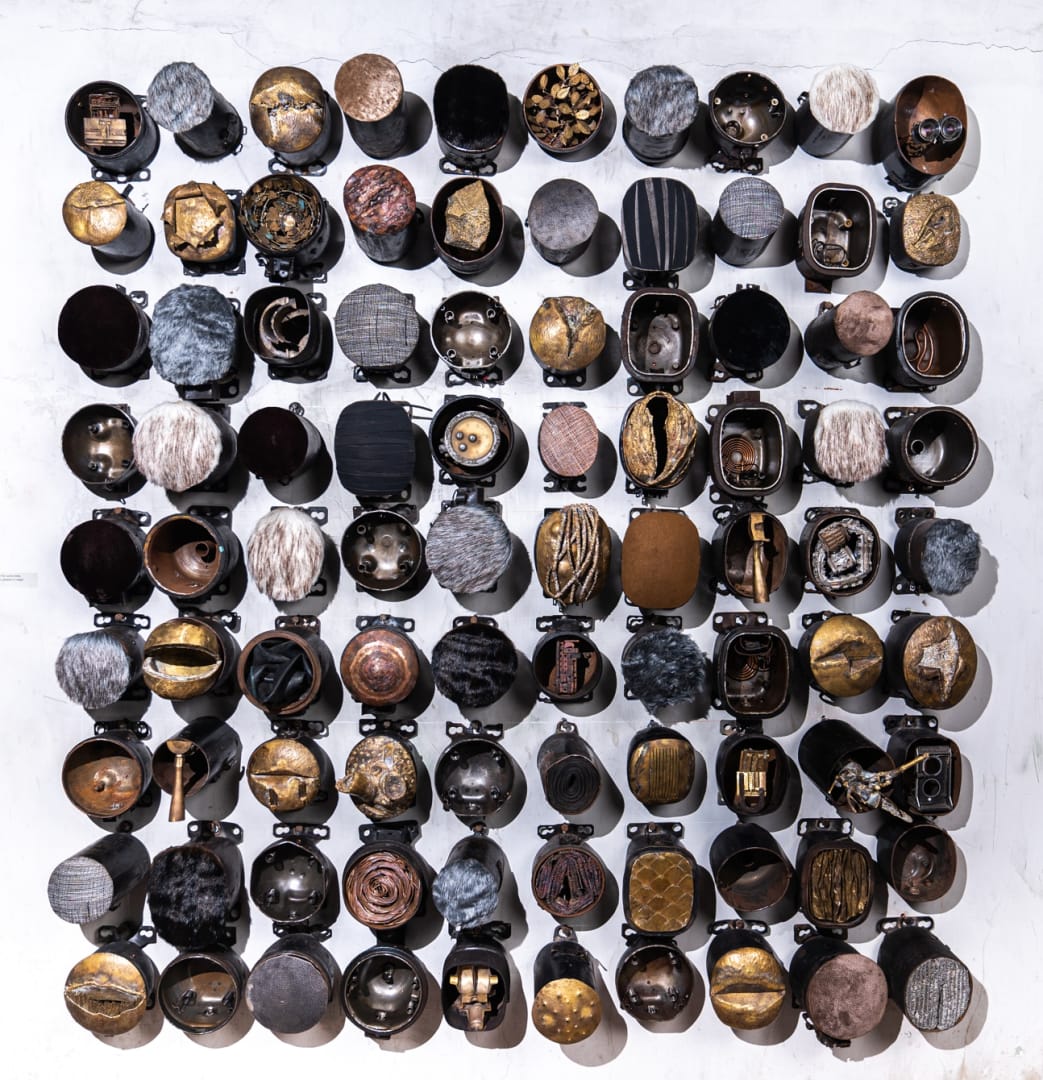Art is often a reflection of one's environment, upbringing, and experiences. In the case of Narayan Sinha, the amalgamation of Bengal's untamed wilderness abundant with fertile plains, dense jungles, beaches, a plethora of flora and fauna and most famously, the Sunderbans crossed with the mechanical echoes of family automotive factories where the clanging of metal, the whirring of machines, and the organised chaos of the factory floor forms the backdrop against which his artistic journey unfolds.
Drawing inspiration from his surroundings, he began to experiment with found mechanical mediums, breathing new life into castaway metal scraps that littered the factory floor. Through small interventions and meticulous craftsmanship, he transformed these lifeless materials into intricately detailed sculptures, each bearing the imprint of his unique vision.
A glance at his work, and one can discern a play of form through industrial metal castaways. His sculptures often depict organic forms infused with mechanical elements, seemingly blurring the boundaries between the two realms. A sculpture of a tree may feature roots and barks crafted from discarded automotive parts, while a flower may bloom from the twisted remains of a scrapped metal machine.
While on one hand the reconstitution of industrial discard alludes to an initial understanding of environmental inclinations, a closer inspection reveals an informed understanding of material ontology. The material tactility discloses gingerly, highly sexual undertones of his work. The range of treatment of the material becomes a means to convey the sensuous tactility - through this highly tactile formal play, the work crescendos to a visual spectacle. It is here that Narayan’s practice moves beyond the material deceit of much of contemporary art.
Material understanding in his work operates at various taxonomic stages where the practice becomes a poignant commentary on environmental sustainability on one hand and evoking the larger discourse around matter and materiality in modern and contemporary philosophy on the other. His work is reminiscent of Günter Bandmann’s phrase, ‘enabling material to talk’. While popularly understood as material engagement or faculty as a mode of representation, it essentially challenges the anthropocentric post-enlightenment intellectual tradition. It, on the other hand, advocates for the notion of material as having its own inherent aesthetic agency.
